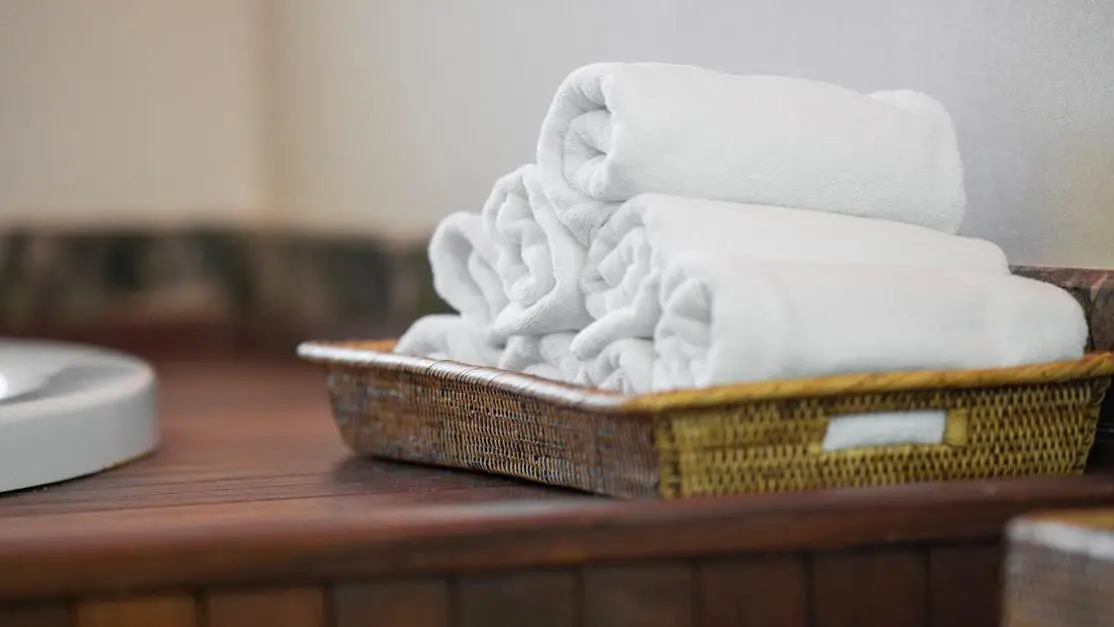If you've ever wondered how to clean a retainer for the best hygiene and comfort, you're not alone. Retainers can harbor bacteria, contributing to oral health problems if not cleaned properly.
Fear not, we've crafted a valuable guide for you:
- Master how to clean a retainer effectively.
- Discover the right supplies and techniques to maintain your retainer’s longevity.
- Learn how regular dental visits are crucial for retainer care.
Why is Cleaning Your Retainer Important?
Keeping your retainer clean is crucial for maintaining both your oral health and the longevity of the appliance. This isn’t just about aesthetics; it’s an integral part of preserving your smile and ensuring your comfort.
When you wear a retainer, it comes into contact with the moisture and warmth in your mouth, creating a perfect environment for bacteria to thrive. This can lead to unpleasant odors and even contribute to oral infections if left unchecked. But with regular cleaning, you can prevent this bacterial buildup.
- Promotes Oral Health: By removing bacteria and plaque from your retainer, you can reduce the risk of bad breath and gum disease.
- Prevents Damage: Regular cleaning keeps your retainer free from tartar and plaque, which can lead to material degradation.
- Enhanced Comfort: A clean retainer feels more comfortable to wear, making your post-orthodontic phase pleasant.
- Prolongs Lifespan: Routine care and cleaning can extend the life of your retainer, saving costs on replacements.
Neglecting your retainer's hygiene can result in an accumulation of pathogens. In fact, research highlights how harmful bacteria can lead to more severe issues, including potential infections. At Cookstown Dental Centre, we emphasize that taking the time to clean your retainer is not just about maintaining that beautifully aligned smile, but also about prioritizing your overall health and well-being.
What Supplies Do You Need for Cleaning?
Now that we've established why cleaning your retainer is so important, let's look at the tools you'll need to do it right. Using the proper supplies ensures you don't accidentally damage your retainer in the process. Here's what you'll need:
- Soft-Bristle Toothbrush: Essential for gentle yet effective cleaning, preventing scratches that could harbor bacteria.
- Mild Dish Soap: A simple, effective solution for routine cleaning.
- Lukewarm Water: Important, as hot water can warp retainers.
- Retainer Cleaning Tablets: Products like Retainer Brite or OAP Cleaner are dentist-recommended for their efficacy and safety.
- Baking Soda: For those who prefer a natural household cleaning option, baking soda can help eliminate odors and bacteria.
It’s important to note that while there are many cleaning solutions available, not all are suitable for retainers. Avoid using toothpaste, hot water, or bleach, as these can cause damage or deformation. Toothpaste’s abrasiveness can create surface scratches, while hot water can warp the material and bleach is far too corrosive.
For those favoring more natural cleaning solutions, creating a paste with baking soda and water is a viable method for thorough cleaning. And remember, the experts at Cookstown Dental Centre are always here to advise you on which solutions might be best suited to your specific retainer type.
How Often Should You Clean Your Retainer?
Consistency is key when it comes to retainer hygiene. But how often should you be cleaning your retainer to ensure optimal health and comfort? Let's break it down.
Daily cleaning is non-negotiable. As part of your morning or evening routine, a quick clean will keep food particles and bacteria at bay. This involves brushing your retainer with a soft toothbrush and lukewarm water.
- Daily Routine: Clean your retainer every day as you brush your teeth. This prevents bacteria buildup and keeps your appliance fresh.
- Weekly Soak: Give your retainer an extra thorough clean by soaking it in a specialized cleaning solution at least once a week.
- Post-Meals: For those using removable retainers, rinsing under running water after eating is a good practice to remove debris.
Different types of retainers have slightly different needs. For Hawley retainers, regular rinsing and brushing suffice. For clear aligners, they can be soaked occasionally in a baking soda solution for additional cleanliness. Permanent retainers require you to brush around their fixed positions, so water flossers become invaluable tools in these situations.
Our top tip? Set reminders or incorporate retainer cleaning into an existing daily habit, to ensure you never forget.
How to Clean Your Retainer Step-by-Step
Let's dive into the steps for cleaning your retainer. With our straightforward guide, you're just a few simple steps away from having a clean, comfortable retainer:
- Rinse Thoroughly: Start by rinsing your retainer under lukewarm water to remove any loose debris or food particles. Never use hot water, as it can deform the retainer.
- Gentle Brushing: Use a soft-bristle toothbrush with mild dish soap to gently clean all areas of your retainer. Avoid toothpaste, as its abrasiveness can scratch your retainer. Make sure you cover every surface carefully to ensure that all areas are cleaned effectively.
- Soak (Optional): For a deeper clean, especially with clear aligners, you can soak your retainer in a cleaning solution, like Retainer Brite, following the instructions provided on the packaging.
- Final Rinse: After cleaning, rinse your retainer once again to remove any remaining soap or cleaning solution residue.
- Drying: Carefully dry your retainer with a soft towel, ensuring that it's thoroughly dried to prevent the growth of bacteria.
- Storage: Place your retainer back in its case, protecting it from contamination and damage until you're ready to use it again.
By following these steps, you’ll be taking excellent care of your retainer. This not only helps maintain its condition but also optimizes your oral hygiene. Remember, if at any point you're unsure about the cleaning process or facing persistent issues, our team at Cookstown Dental Centre is more than happy to provide professional advice and assistance.
What Mistakes to Avoid When Cleaning a Retainer?
Understanding the common mistakes in retainer care can save you from unintended damage and ensure lasting hygiene. Let's address these pitfalls and how you can avoid them.
- Using Hot Water: Retainers are sensitive to temperature. Using hot water can cause them to warp, affecting their fit.
- Employing Abrasive Cleaners: Toothpaste, while great for teeth, is too harsh for retainers. Its abrasiveness can create tiny scratches, offering bacteria places to hide.
- Neglecting Routine Cleaning: Skipping your daily cleaning routine can lead to bacterial buildup. A dirty retainer can result in bad breath and negatively impact oral hygiene.
- Improper Storage: Failing to store your retainer in a protective case can expose it to germs and accidental damage.
- Skipping [Regular Dental Reviews](https://cookstowndentist.ca/book-an-appointment-cookstown-dentist/): Regular check-ins with your dental professional are crucial. They can highlight wear and advise on whether a new retainer is needed.
Your retainer is an investment in your smile. Proper care today ensures that it supports your oral health journey for years. It’s always beneficial to consult your orthodontist if you have questions about appropriate care practices for your specific retainer.
How to Store Your Retainer Correctly
Proper storage for your retainer is just as important as cleaning. Here’s what we recommend for maintaining its condition and hygiene.
- Use a Protective Case: Always store your retainer in its case when it's not in use. This prevents exposure to bacteria and reduces the risk of damage.
- Keep the Case Clean: Regularly clean the storage case with mild soap and water. This minimizes the risk of transferring bacteria back to the retainer.
- Temperature Awareness: Avoid leaving your retainer in extreme temperatures. Exposure to high heat can warp it, while cold can make it brittle.
- Out of Pets’ Reach: Pets, especially dogs, find the smell of retainers intriguing. Keep your retainer case out of their reach to prevent any accidental damage.
Think of your retainer case as a safety net for your appliance. By storing your retainer properly, you ensure it remains in top shape and ready to use whenever you need it.
Can Dentists Help Maintain Your Retainer?
Navigating retainer maintenance doesn't have to be a solo journey. [Professional guidance](https://cookstowndentist.ca/book-an-appointment-cookstown-dentist/) from your local dentist can enhance the care you're already providing at home. At Cookstown Dental Centre, we offer services that keep your retainer in optimum condition.
- Professional Cleaning Services: Stubborn stains or mineral buildup that resist regular cleaning can often be tackled by professional dental cleanings.
- Fit Adjustments: Over time, your retainer may need minor adjustments to maintain its fit. Regular visits ensure it's working effectively.
- Assessment for Replacement: A dentist can spot wear and tear that might suggest it's time for a replacement retainer, ensuring you're always benefiting from effective retention.
- Personalized Advice: Feel confident in your cleaning routine by consulting with a dentist who can offer tailored advice and guidance to suit your retainer type and lifestyle.
Regular dental reviews are an opportunity not just to maintain your retainer but to ensure your oral health remains on the right track. For robust retainer health, consider booking your next check-up with us here.
Conclusion
Caring for your retainer is an integral part of keeping your smile perfect beyond orthodontic treatment. With daily attention and professional guidance, you can feel confident in your retainer's ability to maintain your newly aligned teeth comfortably and hygienically. Remember, a well-maintained retainer means a healthy mouth. If you have any further questions, don't hesitate to reach out to the knowledgeable team at Cookstown Dental Centre for personalized advice and support.

